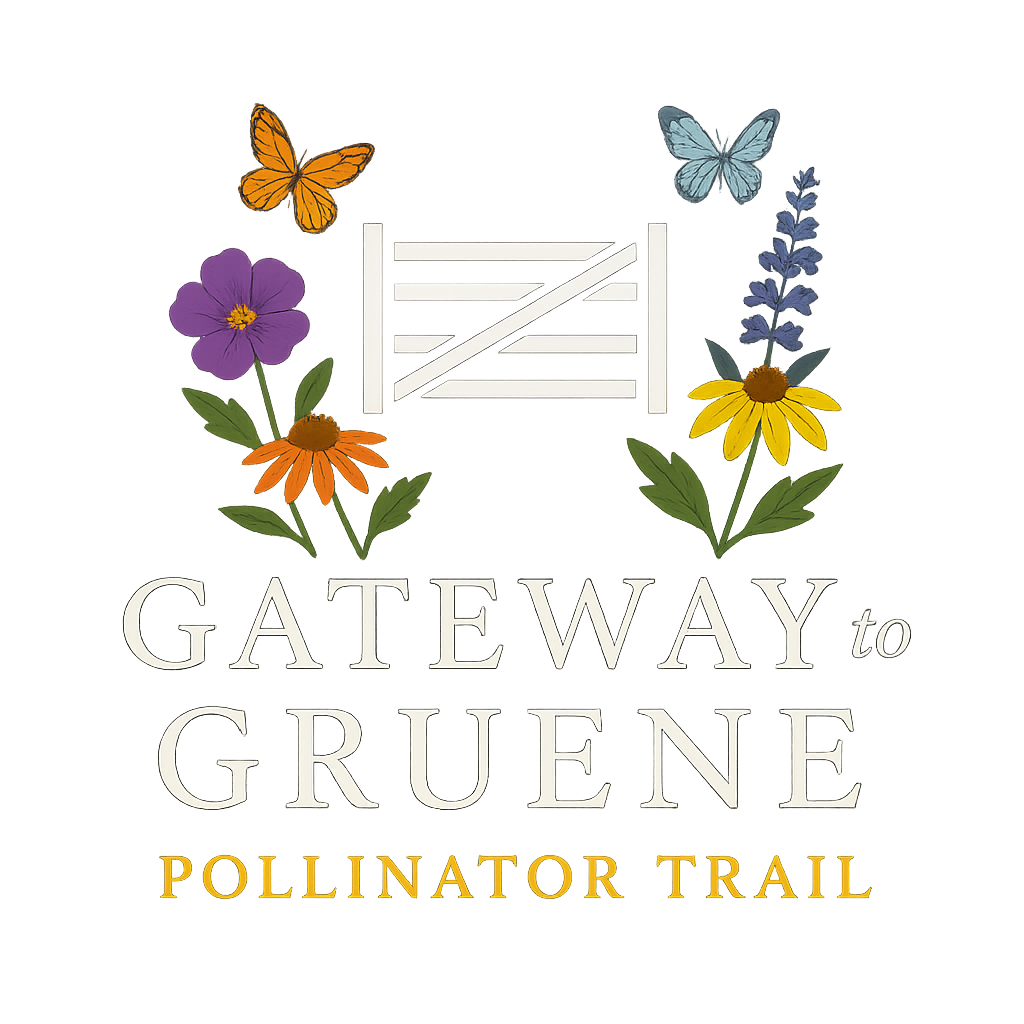Species Profile: Mason Bee
Common Name: Mason Bee
Scientific Name: Osmia spp. (notably Osmia lignaria in Central Texas)
Location: Found in meadows, woodlands, orchards, parks, and backyard gardens across Central Texas. They nest in pre-existing holes in wood, hollow stems, or manmade bee houses.
Mating Habits: Solitary bees. Males emerge first in early spring and wait near nests for females. After mating, females construct individual nest chambers using mud to partition each egg cell.
Seasonal Habits / Migratory Patterns: Non-migratory. Active primarily in early spring when fruit trees bloom. Larvae develop over spring and summer; adults emerge the following spring after overwintering in cocoons.
Ecological Relevance: Among the most effective pollinators of spring-blooming plants. Excellent at cross-pollination due to their erratic flower-hopping behavior. Especially important for fruit trees and native spring ephemerals.
Interesting Facts:
Named for their use of mud or other natural materials to seal nest cells.
Do not sting unless provoked and are very docile.
A single mason bee can pollinate as many flowers as 100 honeybees.
Native Plant Associations: Pollinate early blooming native plants such as redbud, plum, dogwood, and spring wildflowers like bluebonnet and wild mustard.
Conservation Note: Installing bee houses and preserving early spring flowers and mud sources helps support mason bee populations. Avoid pesticide use during their active season.

